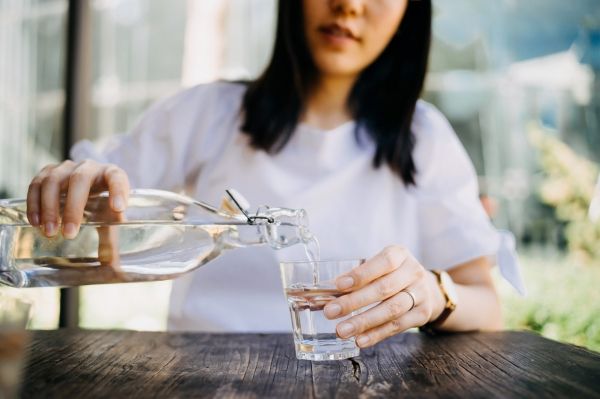A research group led by Virender K. Sharma, professor at the Texas A&M University School of Public Health, has developed a technique to improve the safety of drinking water.
Treating water with chlorine — a process called chlorination — kills germs and bacteria in water, making it safe to drink. Although chlorination effectively cleans water and helps prevent waterborne diseases, it also generates many disinfection byproducts, or DBPs, that can be toxic to human health.
“Chlorine does a nice job of cleaning water, but we now know that it also reacts with water in a way that generates more than thousands of these byproducts,” said Sharma, who led the study that tackled this issue.
The Environmental Protection Agency (EPA) monitors the levels of DBPs in drinking water so people aren’t exposed to too much of these toxic chemicals. Anytime drinking water exceeds these levels, it can cause harmful health consequences.
Continue reading at Texas A&M University
Image via Texas A&M University


